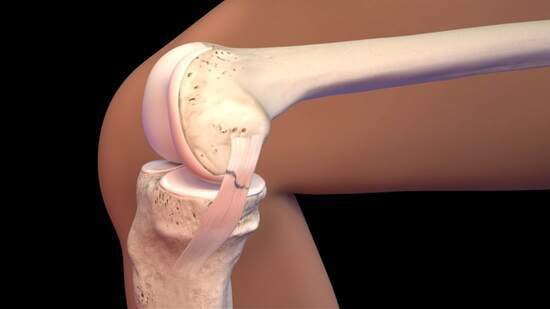Medial (MCL) and Lateral (LCL) Collateral Ligament Tears
The collateral ligaments are located on the outside of the knee and include the medial collateral ligament, or MCL, and the lateral collateral ligament, or LCL. These ligaments stabilize the knee during side-to-side motion.
Open this page on your mobile device.
What are MCL and LCL Tears?
Causes, Symptoms, and Diagnosis
The knee is one of the most common joints to develop arthritis. When cartilage in the knee joint wears away, it leads to knee pain and stiffness. Because the knee supports much of the body’s weight, symptoms of knee arthritis get worse when standing and putting pressure on the knees.
Medial (MCL) and Lateral (LCL) Collateral Ligament Tears: Overview
4m
MCL and LCL Tear Treatment
With and Without Surgery
Avoiding repeated and high-impact activities helps reduce stress at the knee joint. Physical therapy and pain-relieving methods can also help manage symptoms. In ongoing cases of knee arthritis where pain interferes with daily life, surgery may be considered.
Medial (MCL) and Lateral (LCL) Collateral Ligament Tears: Treatment Options
3m
MCL and LCL Tear Surgery
Surgical Animation
When nonsurgical management does not provide effective pain relief for knee arthritis, a knee replacement is the recommended surgical option. This surgery replaces the ends of the bones of the knee joint with metal and plastic implants, which allows the knee joint to move better with less pain. Part or all of the knee joint can be replaced, depending on the location of the arthritis and other factors.
Medial (MCL) and Lateral (LCL) Collateral Ligament Tears: MCL Repair With Suture Augmentation
3m
The Arthroscopy Association of North America


Powered by:

© 2023 Arthroscopy Association of North America. All rights reserved. Privacy Policy. Return Policy.





